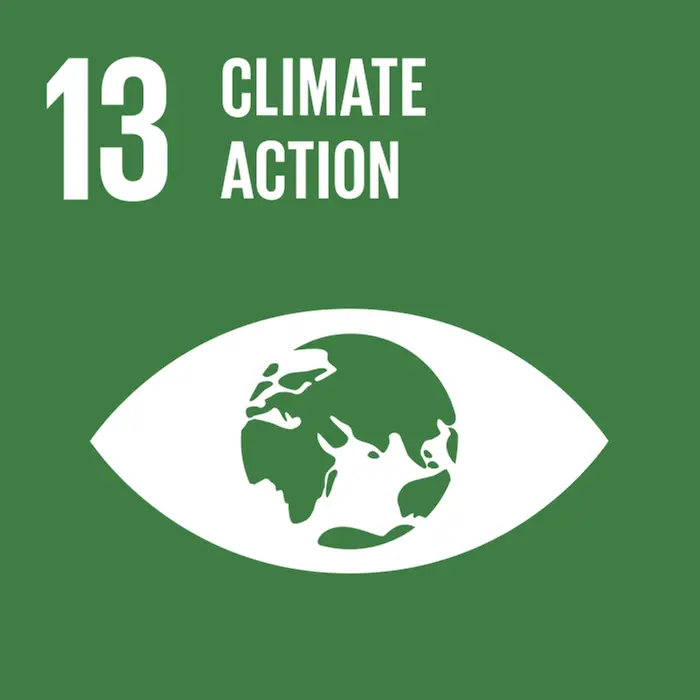
More efficient use of resources for cement and concrete
The overall objective of the project is to investigate from a system perspective different measures to radically reduce greenhouse gas emissions related to the production and use of cement and concrete.
If Sweden is to meet its climate targets, greenhouse gas emissions related to the production and use of cement and concrete must be radically reduced. The cement industry and the construction industry are interdependent in reducing climate impact. Success requires a combination of measures both upstream and downstream in the cement and concrete value chain. This includes, for example, technology shifts in cement production, efforts to reduce the share of cement clinker in concrete, increased use of biogenic materials and fuels, material-efficient design, and increased focus on reuse and renovation/maintenance to reduce the need for new production.
The project analyses the value chains
The project work will include analyses of the potential for and challenges associated with a technology shift in the cement industry (Work Package 1), the use of biofuels and biomass (Work Package 2) and alternative binders (Work Package 3) along the cement and concrete value chain.
The project will be run in collaboration between IVL Swedish Environmental Research Institute and Chalmers University of Technology, with partners from different parts of the cement and concrete value chain.
Project facts
- Project name: Concrete action in the cement industry and the cement and concrete supply chain.
- Budget: 9 777 858 SEK.
- Funding: The Just Transition Fund. (EU) and The Swedish Agency for Economic and Regional Growth.
- Partners: Chalmers University of Technology, Heidelberg Materials and NCC.
- Period: 2023 - 2026
Contact
Want to know more about IVL's services and offers? Enter your email address and choose which area you want to know more about, and we will get back to you.
NOTE! For questions about vacancies and thesis work, go to the Careers
tab in the main menu.




